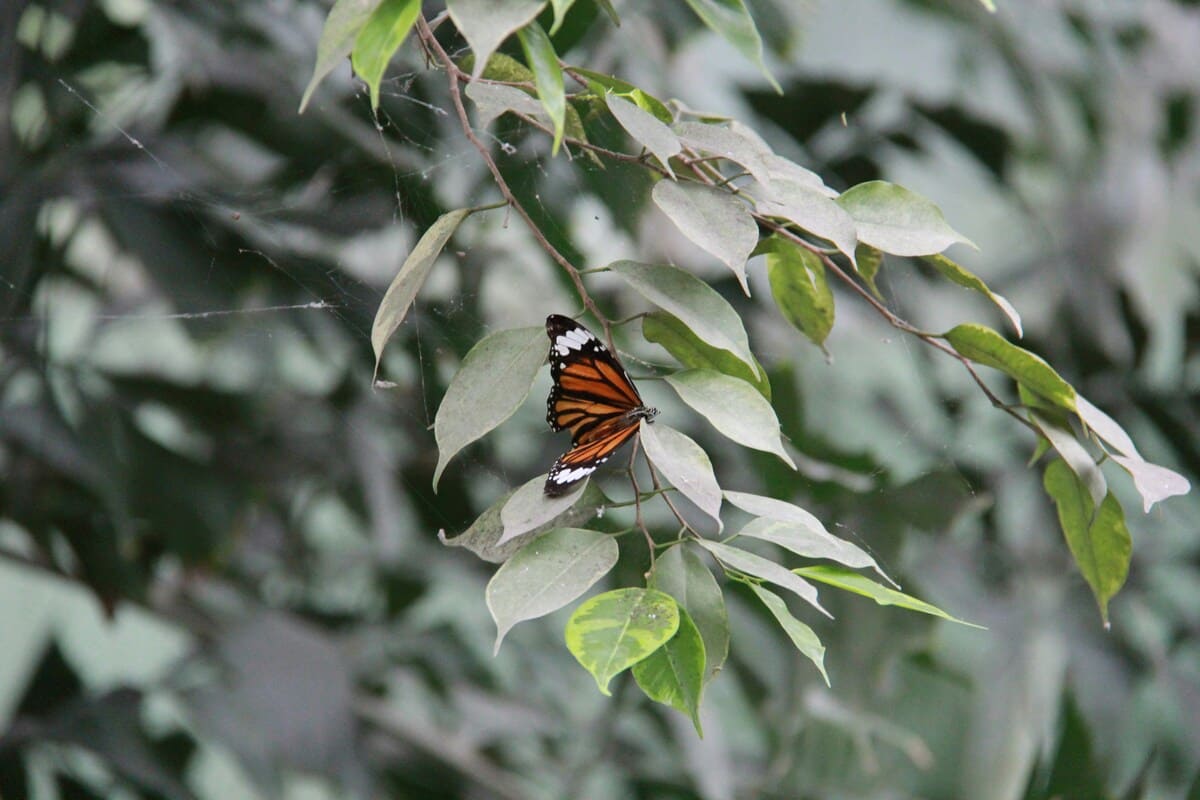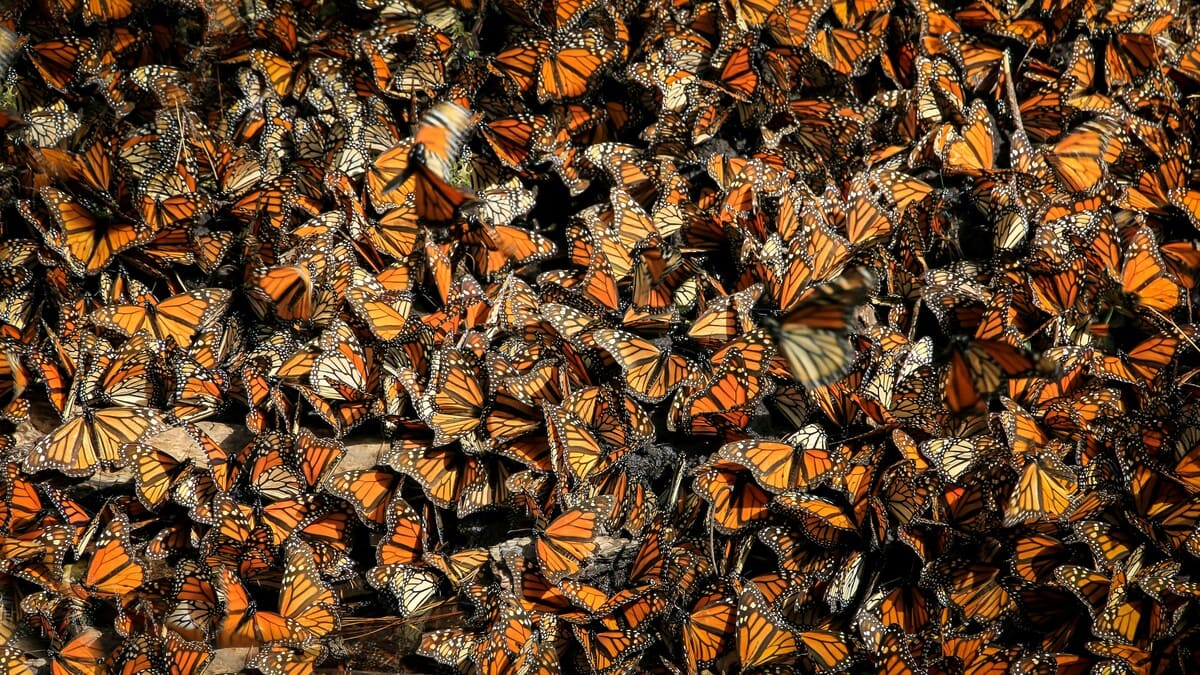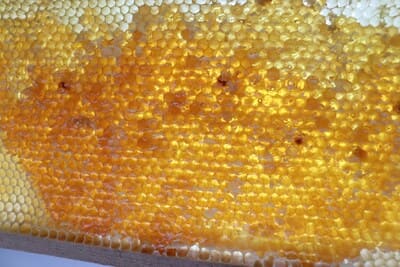The migration of monarch butterflies is one of nature's most remarkable phenomena. Every year, millions of these delicate creatures embark on an extraordinary journey, traveling thousands of miles from their breeding grounds in North America to their wintering sanctuaries in Mexico. This epic migration not only captivates the hearts of nature enthusiasts but also highlights the intricate connections between ecosystems and the challenges faced by migratory species.
Monarch butterflies are known for their striking orange and black wings, which not only serve as a warning to predators but also play a crucial role in their survival. The migration begins in late summer when adult monarchs take flight, guided by instinct and environmental cues such as temperature and daylight. They travel an average of 2,500 miles, navigating through diverse landscapes, including fields, forests, and urban areas.
One of the most fascinating aspects of this migration is the butterflies' ability to find their way to the same specific locations in Mexico year after year. Researchers believe that they use a combination of environmental cues, including the position of the sun and the Earth's magnetic field, to navigate their journey. This remarkable homing ability is a testament to the complexity of migration and the intricate adaptations that have evolved over time.

Monarch butterflies resting on a tree branch during their migration, showcasing their vibrant colors.
The Importance of Milkweed
A critical factor in the survival of monarch butterflies is their reliance on milkweed plants for reproduction. Female monarchs lay their eggs exclusively on milkweed, which serves as the primary food source for caterpillars. Unfortunately, the widespread use of herbicides and habitat loss have led to a significant decline in milkweed populations across North America. This decline poses a serious threat to the survival of monarchs, as fewer milkweed plants mean fewer places for them to lay their eggs and feed their young.
Conservation efforts are underway to protect and restore milkweed habitats. Organizations and volunteers are planting milkweed in gardens, parks, and along roadsides to create corridors for monarchs and support their life cycle. These initiatives not only benefit the butterflies but also promote biodiversity and enhance local ecosystems.

A map illustrating the migration routes of monarch butterflies from North America to Mexico.
Threats to Migration
Despite their incredible adaptability, monarch butterflies face numerous threats along their migratory route. Climate change, habitat destruction, and pesticide use are among the most significant challenges. Changes in weather patterns can disrupt their migration timing, making it difficult for them to find suitable habitats and food sources. Additionally, extreme weather events, such as storms and droughts, can devastate populations.
The conservation of monarch butterflies requires a collective effort. By raising awareness about their migration and the challenges they face, we can inspire action to protect their habitats. Simple actions, such as planting native plants and reducing pesticide use in gardens, can have a positive impact on local butterfly populations.
In conclusion, the migration of monarch butterflies is a captivating and complex journey that showcases the beauty of nature and the interconnectedness of ecosystems. By understanding and protecting these remarkable creatures, we can contribute to the preservation of biodiversity and ensure that future generations can witness the wonder of their migration.






